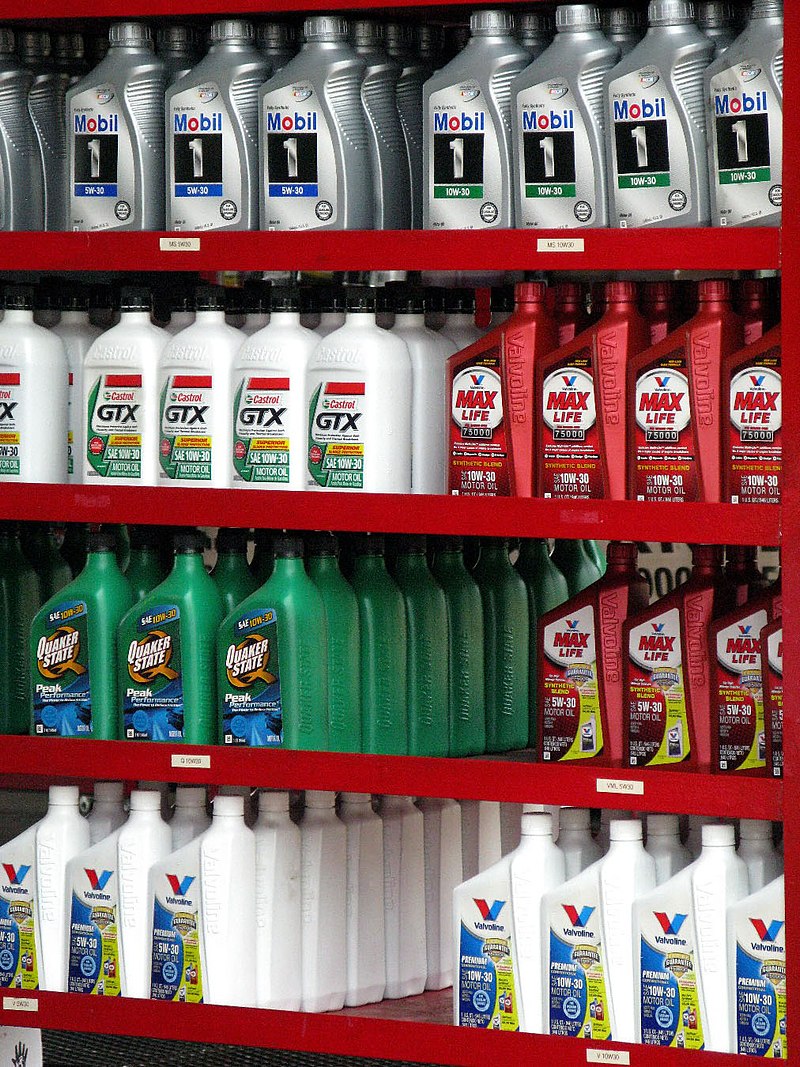SAE ratings, also known as Society of Automotive Engineers ratings, are a set of standards that define the performance characteristics of various components and fluids used in automobiles. These ratings are important because they help ensure that the components and fluids used in a vehicle meet the minimum requirements for safe and reliable operation.
SAE ratings cover a wide range of components and fluids used in automobiles, including engines, transmissions, fuels, lubricants, and cooling systems. The ratings are typically expressed as a number, such as SAE 5W-30 or SAE 10W-40. The first number refers to the viscosity grade of the fluid, while the second number refers to the temperature range in which the fluid is suitable for use.
 |
| What is SAE Ratings? |
For example, SAE 5W-30 motor oil has a viscosity grade of 5W and is suitable for use in temperatures ranging from -30°C to 35°C. This means that the oil has a low viscosity when cold, which allows it to flow easily through the engine during start-up, and a higher viscosity when hot, which provides adequate lubrication under high-temperature conditions.
SAE ratings are important because they ensure that the components and fluids used in a vehicle meet the minimum performance requirements set by the automotive industry. For example, SAE J306 is a standard that defines the minimum performance requirements for gear oils used in manual transmissions and differentials. This standard specifies the viscosity grade, performance characteristics, and test methods for gear oils, which helps ensure that these fluids provide adequate lubrication and protection for the gears and bearings in a transmission or differential.
Another example is SAE J183, which defines the minimum performance requirements for coolant fluids used in engines. This standard specifies the chemical composition, freeze protection, and corrosion resistance of coolant fluids, which helps ensure that these fluids provide adequate cooling and protection for the engine under a wide range of operating conditions.
SAE ratings also help ensure that the components and fluids used in a vehicle are compatible with each other. For example, if a vehicle manufacturer recommends the use of SAE 5W-30 motor oil in the engine, using a different grade of oil could result in poor performance or even engine damage. Similarly, using a coolant fluid that is not compatible with the engine could result in corrosion, overheating, or other problems.
In summary, SAE ratings are a set of standards that define the performance characteristics of various components and fluids used in automobiles. These ratings help ensure that the components and fluids used in a vehicle meet the minimum requirements for safe and reliable operation, and are compatible with each other. By following SAE ratings and other industry standards, vehicle manufacturers can produce vehicles that deliver the performance, reliability, and safety that consumers expect.
